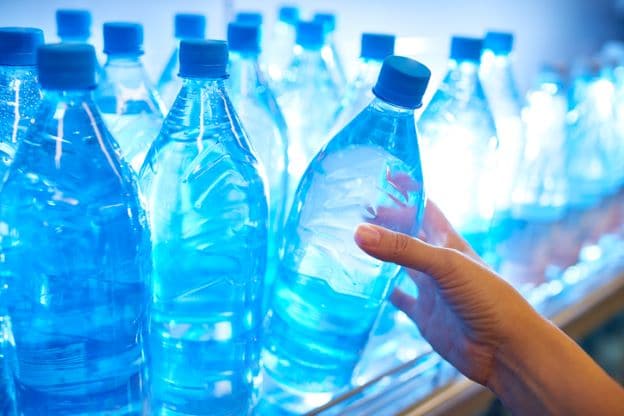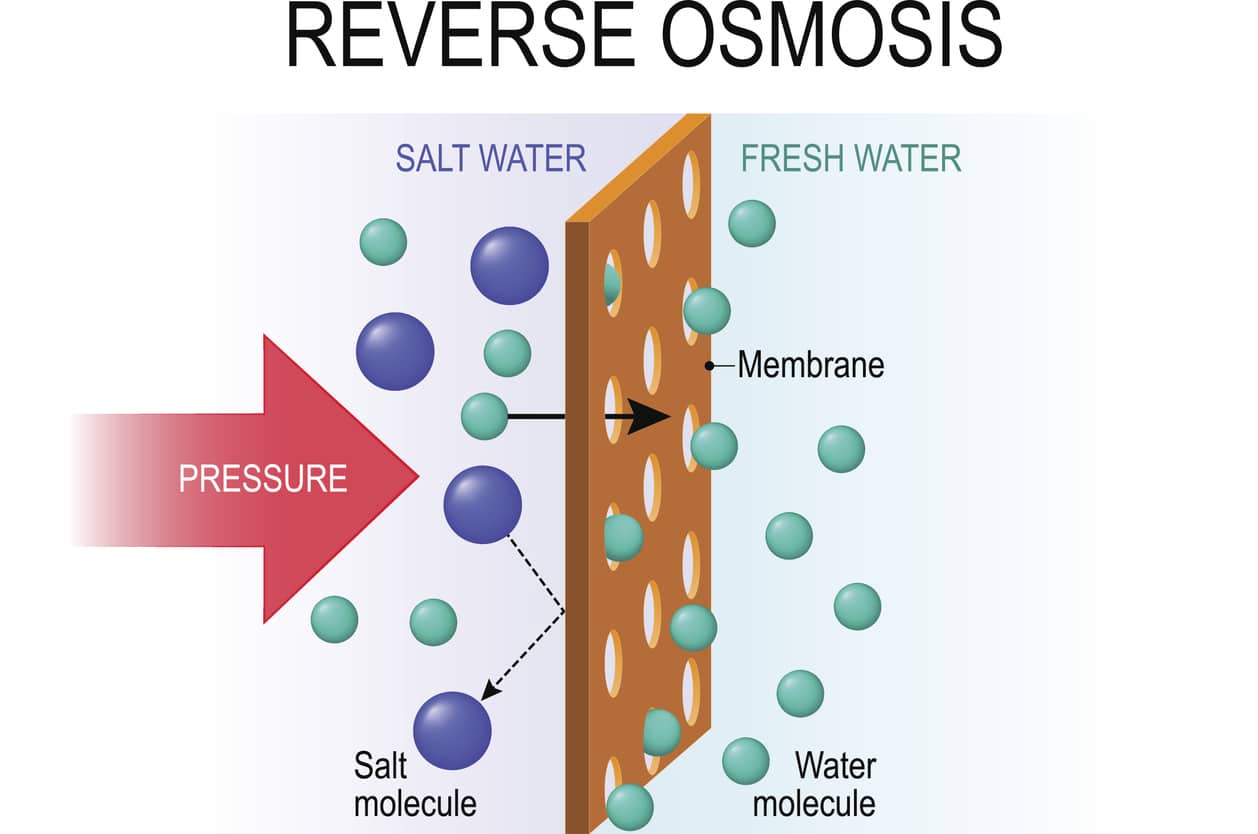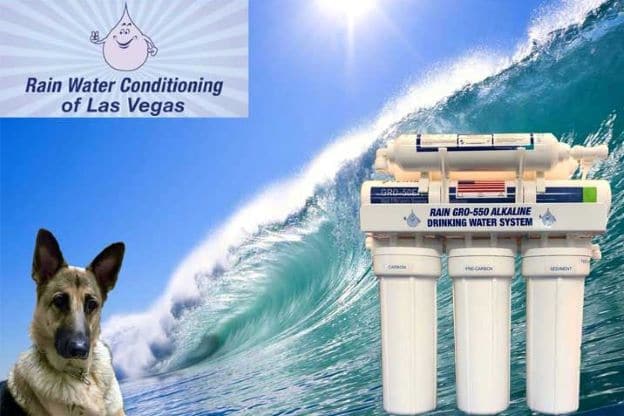
Grabbing a bottle of water when you’re thirsty or heading to the gym for a workout is a convenient way to stay hydrated. Many people even believe that the bottled water they’re drinking is cleaner than what comes from their tap. That fact is that bottled water may not be as pure as you think, even when compared to what’s coming out of your faucet at home.
If you’re an avid bottled water drinker, microplastics are something you should consider before opening your next plastic water bottle. Our Las Vegas water filtration specialists explain.
What Are Microplastics?
Microplastics are tiny pieces of plastic that must be less than 5 millimeters in length. These plastics can come from a variety of products, including plastic bags, water bottles, cosmetics, toothpaste containers, cleaning products, clothing, etc. These small fragments can dissolve into even smaller particles when placed in water.
Because of their size, they can easily slip through some filtration systems. Sometimes, these microplastics end up entering our water and ecosystem. They have been found in different products, such as the water that is being bottled for human consumption.
The Health Risks of Bottled Water and Microplastics
The bottled water industry is a 100 billion dollar market. You find them on grocery store shelves, inside vending machines, in school cafeterias, and much more. When these microplastics are suspended in a bottle of water, humans can consume them. The tissues and organs in the body will then absorb the microplastics.
A study published by the National Institutes of Health (NIH)2 states that when we consume plastic material that is composed of many different chemicals, this may cause our endocrine system to be disrupted. Common symptoms of a malfunctioning endocrine system include:
- Weight gain
- Weight loss
- Sleep disturbances
- Fertility issues
- Bowel issues
- And much more
The same study suggests that the consumption of chemicals within microplastics can also lead to an increased risk of cancer.
What Is a Reverse Osmosis Filtration System?
A reverse osmosis filtration system utilizes one or more filters to remove unwanted particles and molecules from the water passing through it. The number of filters that your system has will depend on what you’re looking to accomplish and what you’re willing to invest. You can have as many as five filters installed if you’re very concerned with water quality in your home. Some of the different filters used in a reverse osmosis system include:

Sediment Filter
This filter will remove particles such as dust, dirt, and rust before passing the water through the other filters in the system.
Semi-Permeable Filter
This semi-permeable membrane filter will reduce the amount of dissolved solids in your water by as much as 98%. This is where the filtration of microplastic can take place.
Carbon Filter
Your carbon filter will remove a variety of volatile organic compounds (VOCs) from your water. VOCs make their way into our drinking water through runoff and everything from bug spray to paint thinners. This filter also helps to improve the overall taste of your water.
Once the process is complete, the filtered water will then come out of a dedicated tap that’s usually installed right by your kitchen faucet. While that water may still contain traces of microplastics or other contaminants, those levels are much lower than you would experience if you were drinking straight out of the tap or from some bottled water brands you purchase at the store.
Benefits of Home Filtration Systems in Las Vegas
Not only will one of these systems ensure that you’re drinking clean, high-quality water regularly, but you actually save a lot of money long term. Once you pay the initial upfront cost for the system and installation, you only need to periodically replace the filters. No more hassle of having to go to the store and spend money buying bottled water. You can refill a reusable and eco-friendly bottle with purified drinking water directly from your tap!
In addition, you’ll be reducing the use of plastic bottles by installing a home water filtration system. Although plastic bottles are recyclable, many of them end up in landfills or the ocean, adding even more microplastics to the ecosystem. You can do your part by reducing the number of plastic bottles you use with a reverse osmosis purification system.
While you may see a beautiful babbling brook on the label of your bottled water, that’s surely not the source of your water. Take the time to educate yourself on the quality of the water that you’re drinking. You can also contact Rain Water of Las Vegas for more information on water conditioning systems or reverse osmosis filtration systems for your home.

Sources:
1NIH.gov. (23 January 2024). Plastic Particles in Bottled Water. Retrieved 23 September 2021 from https://www.nih.gov/news-events/nih-research-matters/plastic-particles-bottled-water
2Campanale, C., Massarelli, C., Savino, I., Locaputo, V., & Uricchio, V. F. (17 February 2020). A Detailed Review Study on Potential Effects of Microplastics and Additives of Concern on Human Health. International journal of environmental research and public health, 17(4), 1212. Retrieved 23 September 2021 from https://www.ncbi.nlm.nih.gov/pmc/articles/PMC7068600/

